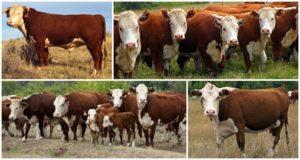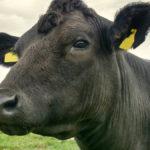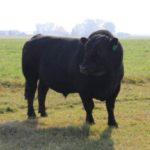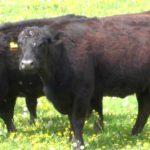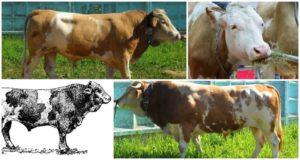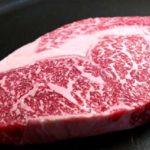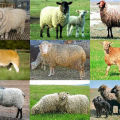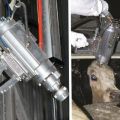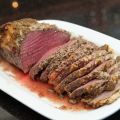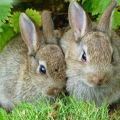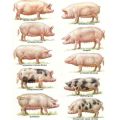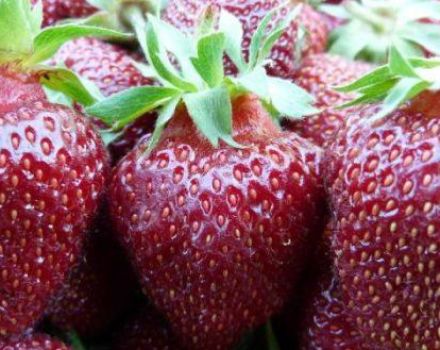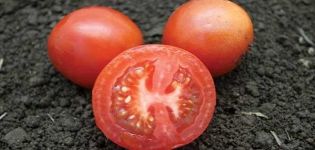The best breeds of marbled cows and the intricacies of growing, the pros and cons of meat
Regular beef and veal are low in fat, which primarily forms under the skin, in the pelvis, around the kidneys and heart of the animal. With age, layers appear between the muscles, and only then - the intramuscular layer, the same one that gives the effect of marbling in a number of rocks. But as the animal ages, the quality of the meat deteriorates, and therefore special, marbled cows with tender, moderately fatty meat were bred.
A bit of history
Veal and beef are good for your health, but due to their low muscle fat content, they have a somewhat fibrous lean texture that not everyone likes. But some livestock breeds naturally have a tendency to form marbling, that is, thin streaks of fat inside the muscles. Moreover, this valuable quality is characteristic not only of cows, but also of pigs of the Tokyo X breed, as well as Yakut horses. However, it is marbled beef that is in greatest demand due to its prevalence and popularity in dozens of countries around the world.
Several long-known breeds of cattle can provide such valuable products, as well as a number of specially bred for this purpose. Breeders crossed animals with the most pronounced marbling of the flesh, selecting the best producers for further reproduction.
Marble cows began to be massively bred in Japan. There were several reasons for this:
- Geography and Geology. This country is located in a zone of volcanic activity, so there are practically no plains suitable for pastures for cattle. With the development of agriculture, free areas were allocated for allotments for growing rice and other crops, so animals were kept in stalls.
- Taste preferences. Without movement, livestock in the premises began to give fatty meat, and in Japan it was considered unsuitable for a real man - a samurai. Therefore, the herd owners had to reconsider the way the bulls are fed and select the most suitable breeds.
- Economic conditions. Demand creates supply. Marbled beef has become fashionable and in demand, therefore it is financially beneficial for producers.
- Aesthetics. Beautiful streaks of fat create striking marble-like patterns that give the product its name. And in Japan, they have always appreciated not only the taste, but also the aesthetic appeal of food.
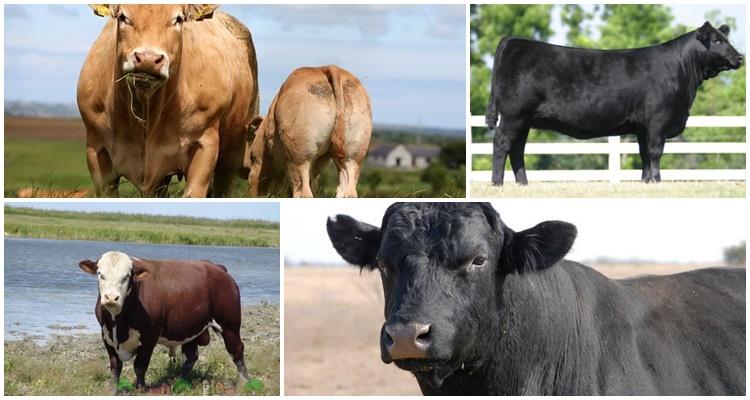
With the spread of fashion to everything Asian, and to Japanese in particular, marbled meat has become popular in dozens of countries around the world.
What breeds are marbled beef obtained from?
Although marbled meat can also be found in some dairy breeds of cows, highly specialized breeds are bred for this purpose on an industrial scale. The best of them are the following:
- Aberdeen Angus.
- Hereford.
- Wagyu (Japanese brown, black, hornless, shorthorn).
- Limousine.
The effect of marbled meat is also found in representatives of such dairy breeds:
- Holstein.
- Jersey.
- Brown Swiss.
The best version of marbled meat is not obtained from a cow, but from a bull. He has more body mass, and provides a faster weight gain.
Marbled beef is notable for its high cost, therefore, the purity of the breed is strictly monitored, especially in Japan, where there is practically a cult of high-quality meat. All breeding cattle are entered in special books, and each piece of meat is supplied with a certificate not only indicating the manufacturer, but also the body part from which it was taken, and even the name of the bull and its serial number.
Pros and cons
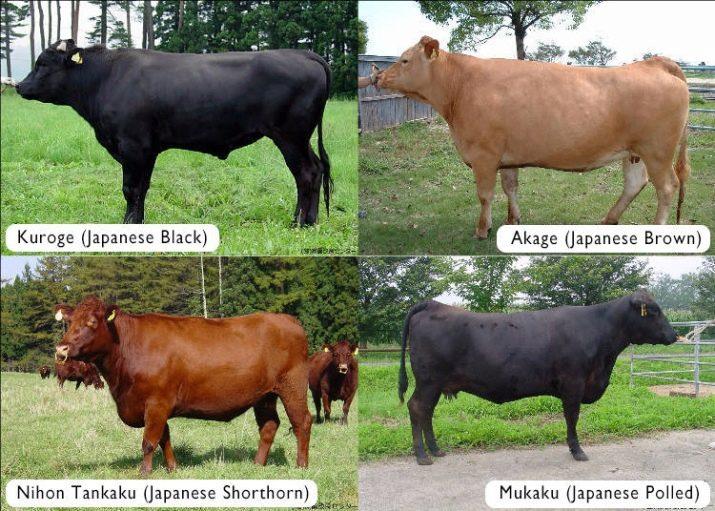
Meat of marble rocks cannot be considered a food product, since it is not available to everyone, and it is used in extremely small portions, cut into the finest slices. Rather, it is a tribute to fashion along with black caviar, puffer fish and foie gras.
The subtleties of growing, care and feeding
To obtain marbled meat it is not enough to choose the “right” breed of cows. It is necessary to provide the animals with the following conditions:
- Feeding calves with milk up to 6 months.
- Grazing for up to 9-12 months in meadows and pastures.
- Transfer 3-6 months before slaughter to a special grain diet consisting of a carefully formulated mixture of corn, barley, wheat straw and alfalfa.
- For fattening, animals are limited in mobility by hanging them on belts.
- To improve the consistency of the meat and to keep the animals healthy, they are regularly massaged.
- The rooms include classical music. It is believed that this has a positive effect on the condition of the bulls.
- Since the animals are immobile, their appetite can be reduced, so they are given beer as a stimulant.

The premises are kept clean, just as much attention is paid to the hygiene of the animals themselves.
Differences from regular beef
Due to a combination of factors such as the use of cow breeds with a genetic tendency to marbling, a specific feeding method, and the creation of "greenhouse" living conditions, marbled beef differs from standard meat. She has thin and soft muscle fibers that are devoid of the characteristic sinewness.
The fat of such meat has a melting consistency with a low melting index, so it takes much less time to heat the product.
In Japan, marbled meat is cooked in a variety of ways - served with boiling broth, fried, stewed, served in the form of tartare, and so on.In the USA and other countries, marbled beef is more often used in the form of steaks from different parts of the carcass:
- Tenderloin tenderloin.
- Thin edge - strip.
- The thick edge is ribeye.
- On the bone in the shape of the letter T - "tee-bone".

Marbled Cow steaks cook very quickly and are rich in flavor, bright aroma and delicate texture.
The benefits and harms of marbled meat
In theory, eating fatty meats can be harmful to people with digestive problems, for example:
- With chronic pancreatitis.
- Cholecystitis.
- Gallstone disease.
- Disorders of the liver.
- Overweight.
- Protein sensitivity and so on.
However, given the fact that marbled beef is consumed in small portions and rarely, as a delicacy, it is difficult to assume that it can cause significant harm to human health.

As for the benefits, it is due to the following factors:
- The delicate texture does not overload the food apparatus and is perfectly digestible.
- The fat of a marbled cow does not contain substances that increase the level of "bad" cholesterol.
- Since meat is consumed in portions, eaters are not at risk of obesity.
Marbled beef can be used by children and pregnant women. It does not have a negative effect on the body of people with cardiovascular pathologies, neurological problems, anemia and hormonal disorders. The composition contributes to the recovery of the body after injuries, serious illnesses, physical and psychological overload, stress and infections.
Like any other product, marbled cow meat should be eaten in moderation, even if a person may often buy an expensive product. It must be remembered that excess fat and protein can harm not only a sick person, but also a healthy one.
Storage rules
After slaughter, marbled meat is not sold immediately, but undergoes two types of maturation:
- Dry. Meat with skin is kept in the refrigerator for 2-4 weeks at a temperature not lower than +1 and not higher than +4 degrees Celsius. After that, it is freed from the skin and subcutaneous fat, divided into parts (cuts) and packed in a vacuum.
- Wet. In this method, the meat is exsanguinated, divided into cuts and packed in a vacuum package, which is then kept in refrigerators from 10 days to 3 weeks.
It is worth purchasing such expensive meat only from trusted suppliers, taking it in a whole piece in a vacuum film in order to assess the level of marbling and try to use it as quickly as possible. It is undesirable to freeze such meat, as this will negatively affect the taste characteristics of the final product.
